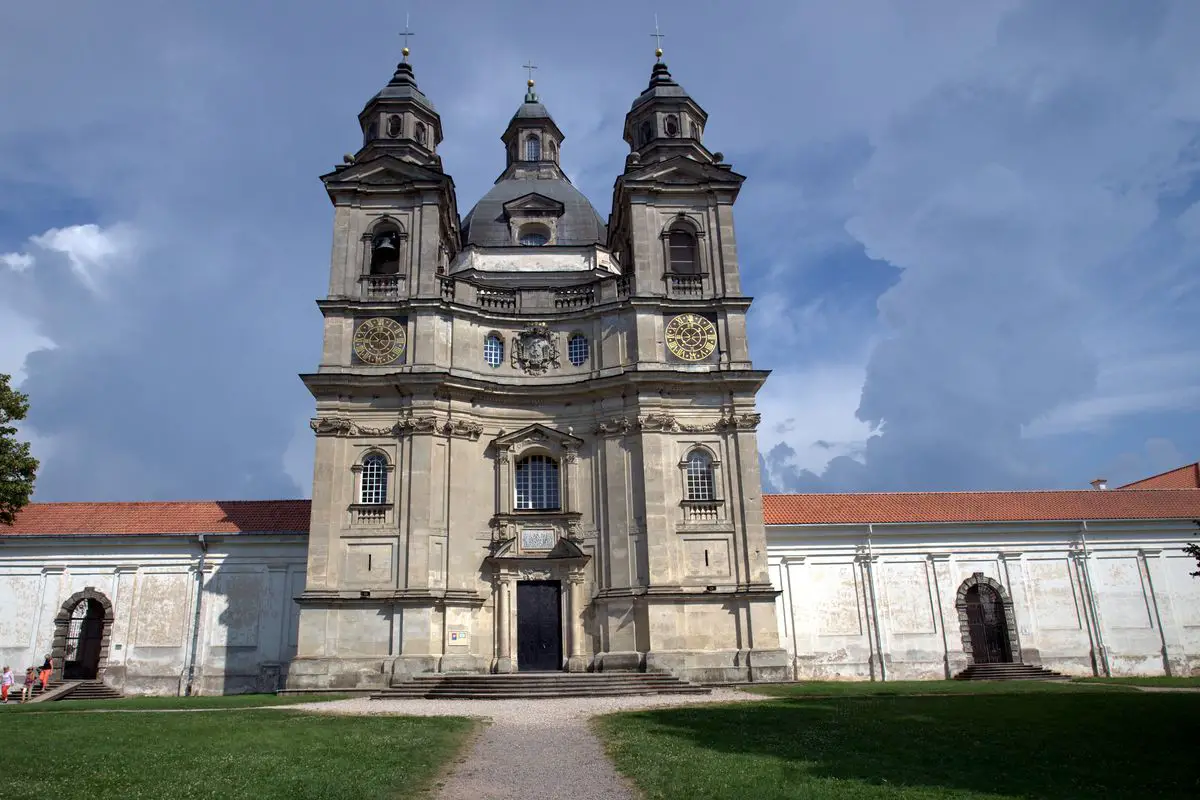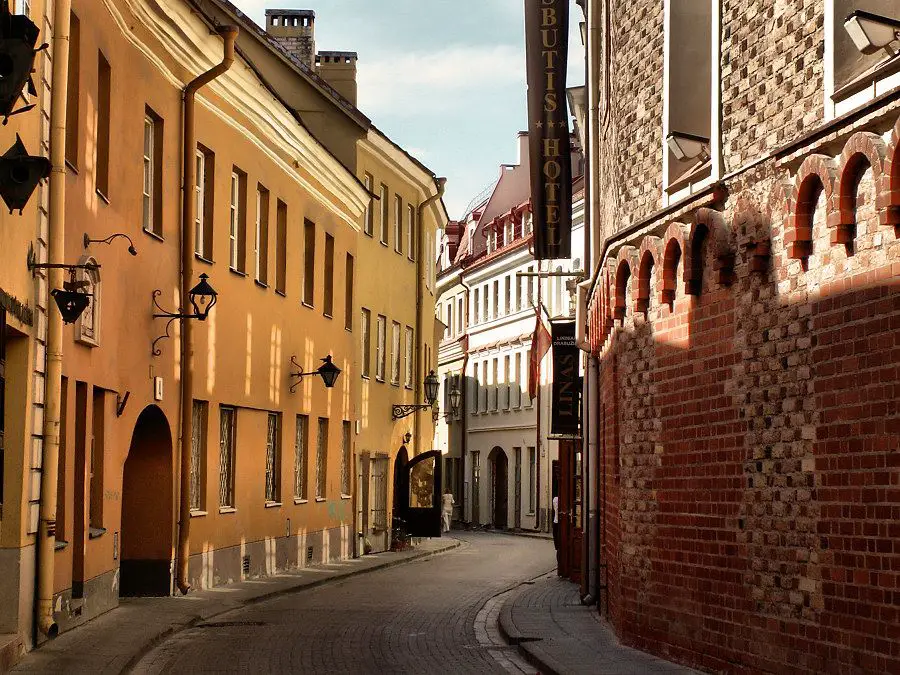Wondermondo 🢖 World 🢖 Wonders of Europe 🢖 Wonders of Lithuania
Territory
Wonders of Lithuania
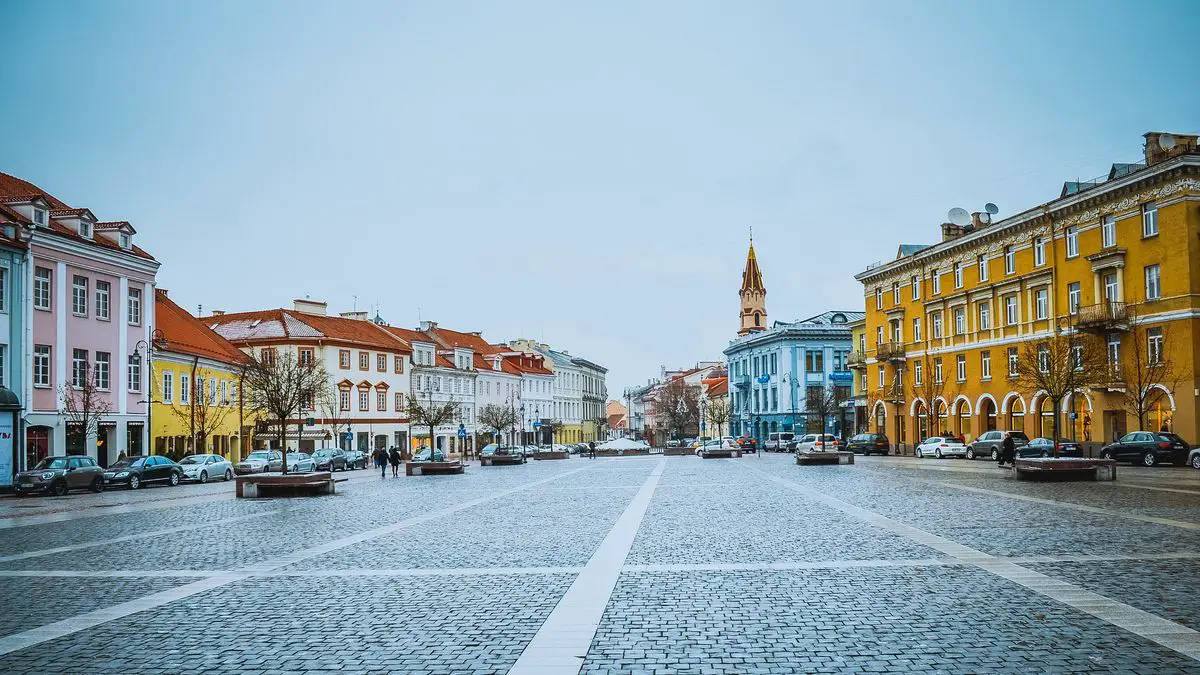
 Highlights
Highlights
The most interesting wonders of Lithuania are connected to human activities. In past Lithuania was one of the largest and most influential European countries and some landmarks still are a testimony for this. The most interesting landmarks of Lithuania are concentrated in its largest and most beautiful cities – Vilnius and Kaunas. Especially fine are the diverse churches.
Map with the described wonders
If you see this after your page is loaded completely, leafletJS files are missing.
 Top 25 wonders of Lithuania
Top 25 wonders of Lithuania
Archaeological wonders
Rambynas
Taurage
The last pagan shrine of Balts, the site of the Skalvian fort. A pagan altar stood here until the 19th century. Site of legends.
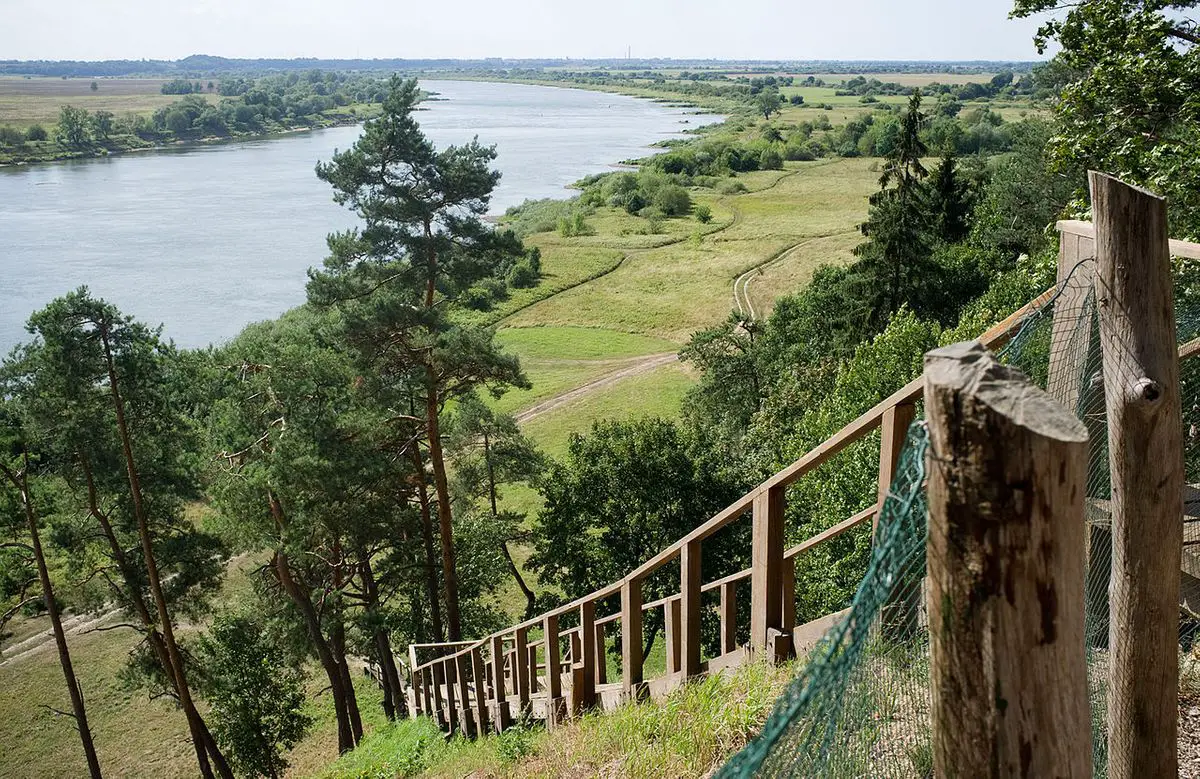
Architecture wonders
Trakai Island Castle
Vilnius
The most impressive and best preserved medieval castle in Lithuania. The present structure was constructed in the 14th century and completed by 1409. It was reconstructed and partly rebuilt in the 20th century and now is one of the major tourist sites in the country.

Hill of Crosses
Šiauliai
Pilgrimage site where pilgrims since the 19th century leave wooden crosses. Now, this small hill is covered with some 100,000 crosses. The site serves as a symbol of resistance because, during the times of Soviet occupation, there were attempts to remove it.
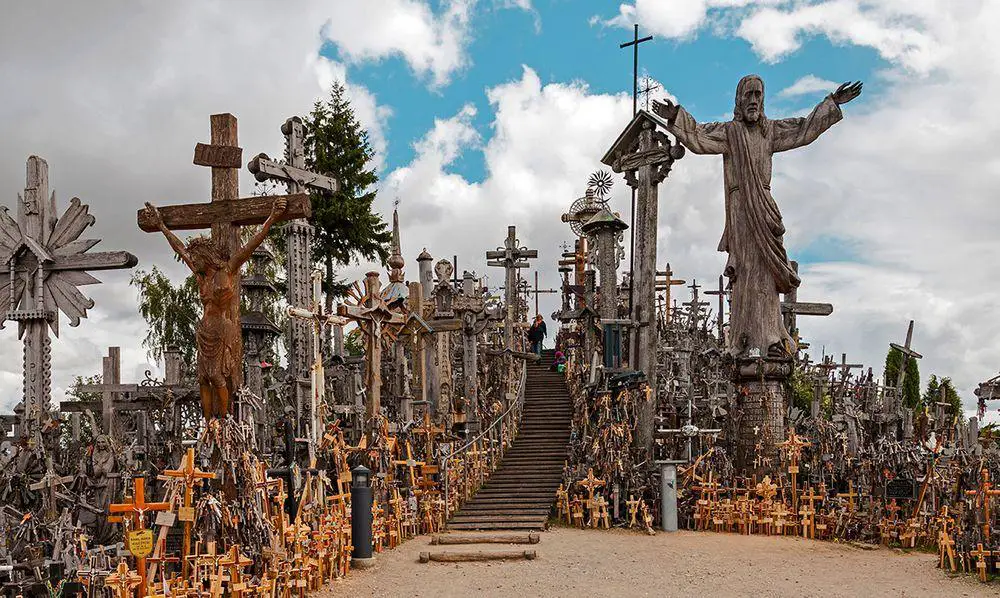
Dominican Church of the Holy Spirit in Vilnius
Vilnius
One of the major Baroque-styled churches in Vilnius. Constructed in 1408 – 1760, numerous times expanding and reshaping it. Beautiful interior in Rococo style. Under the church are catacombs – numerous smaller crypts where are located some 600 corpses buried here in the 18th – 19th centuries.
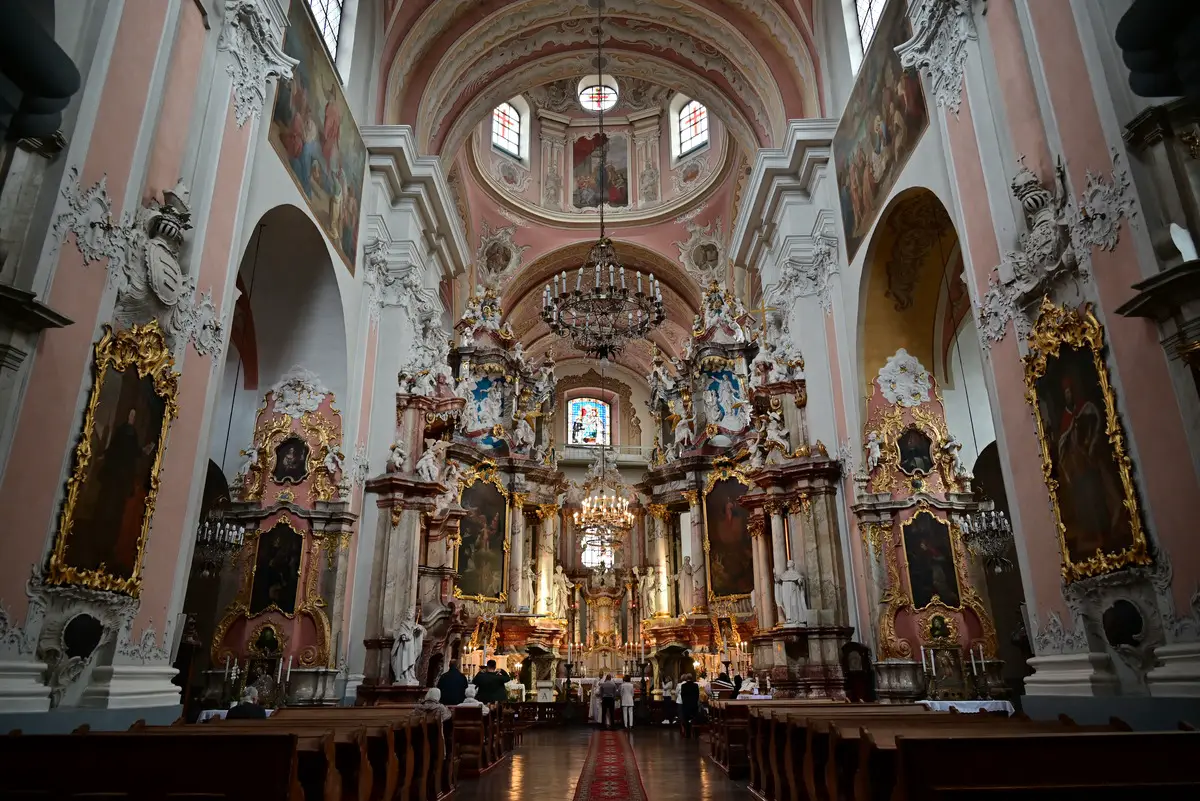
Church of St. Anne in Vilnius
Vilnius
An unusual, beautiful example of Brick Gothic that follows the style of Flamboyant Gothic style. Especially beautiful is the ornate façade of the church. Built in 1495 – 1500.
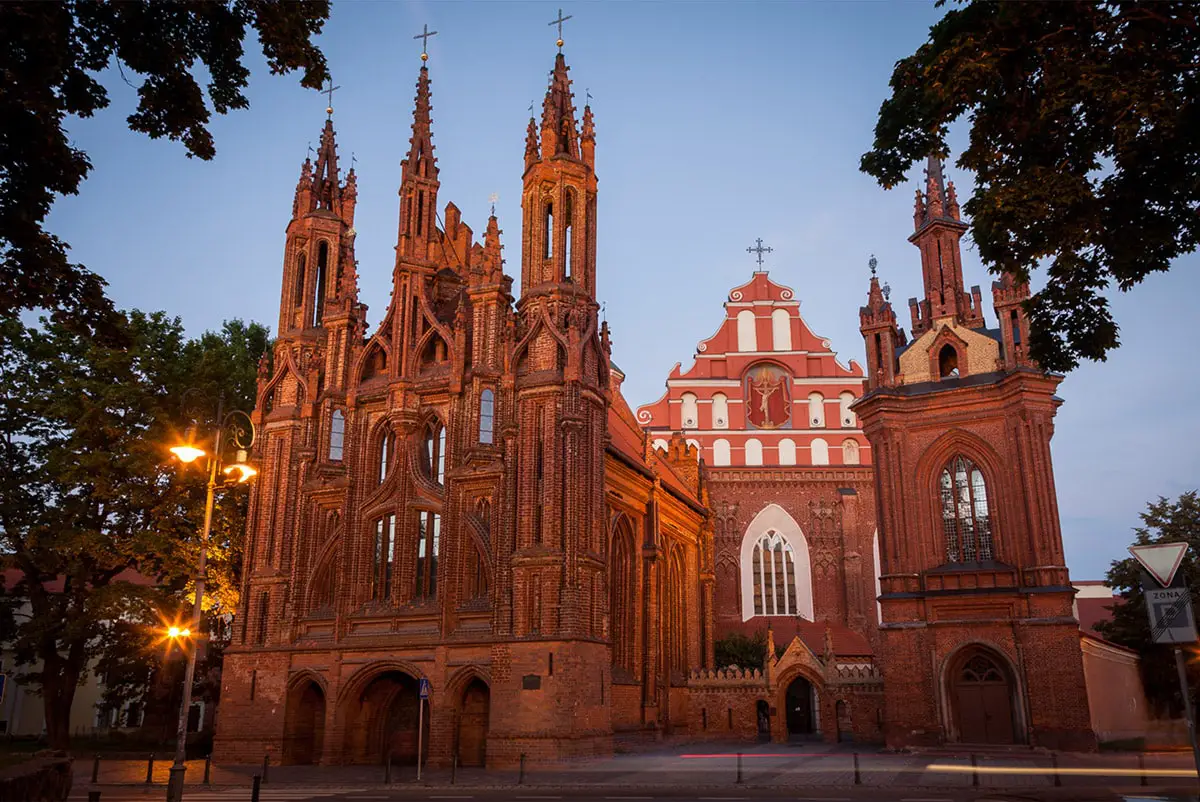
St. Johns Church in Vilnius
Vilnius
Large and very ornate church in Baroque style, built in 1388 – 1426 and reshaped in current style in 1738 – 1748. Long-term traditional church of intellectuals, university church. The 69 m tall tower is the tallest structure in the Old City.

House of Perkūnas
Kaunas
Residential building in Gothic style, an outstanding example of Brick Gothic architecture with ornate façade. Built in the middle of the 15th century.

Aušros Vartai (Gate of Dawn)
Vilnius
The only remaining city gate in Vilnius, built in 1503 – 1522. Gate has religious importance as it contains artifacts that had to guard the city against attacks – an icon of The Blessed Virgin Mary with miraculous properties attributed to it.
Vilnius Cathedral
Vilnius
The main religious building in Lithuania. Although the religious buildings here have existed for a long time, the current Neo-Classical structure was built in 1779 – 1783. Inside the cathedral have been buried numerous important people including Vytautas. Cathedral contains major art values – frescoes, and paintings, in one underground chapel found a fresco from the 14th century – the oldest one in Lithuania. Most likely it was built on the site of a pagan temple. In front of the cathedral stands a bell tower that was built over a defensive tower of the castle.
Pažaislis Monastery
Kaunas
The most beautiful example of the Italian Baroque style in Lithuania. Founded in 1662, different structures were built until 1755. In the planning and construction were used numerous innovations, such as hexagonal planning for the church, and concave façade. Church has a beautiful interior.
Vilnius Upper Castle (Gediminas Hill)
Vilnius
The remaining part of the extensive Vilnius Castle Complex (Lower Castle is newly rebuilt). Best known part of the castle is Gediminas Tower on the top of a 40 m tall hill above the city. Beautiful views of the city from the tower.
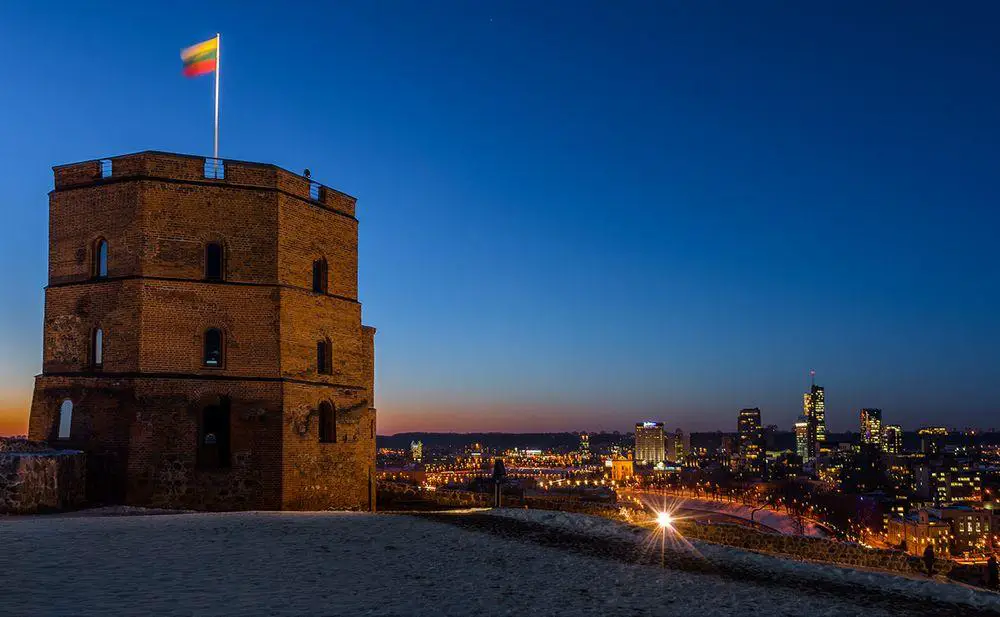
Church of St. Peter and St. Paul in Vilnius
Vilnius
Beautiful Baroque church with an outstanding interior, adorned with some 2000 statues. Built in 1668 – 1701.
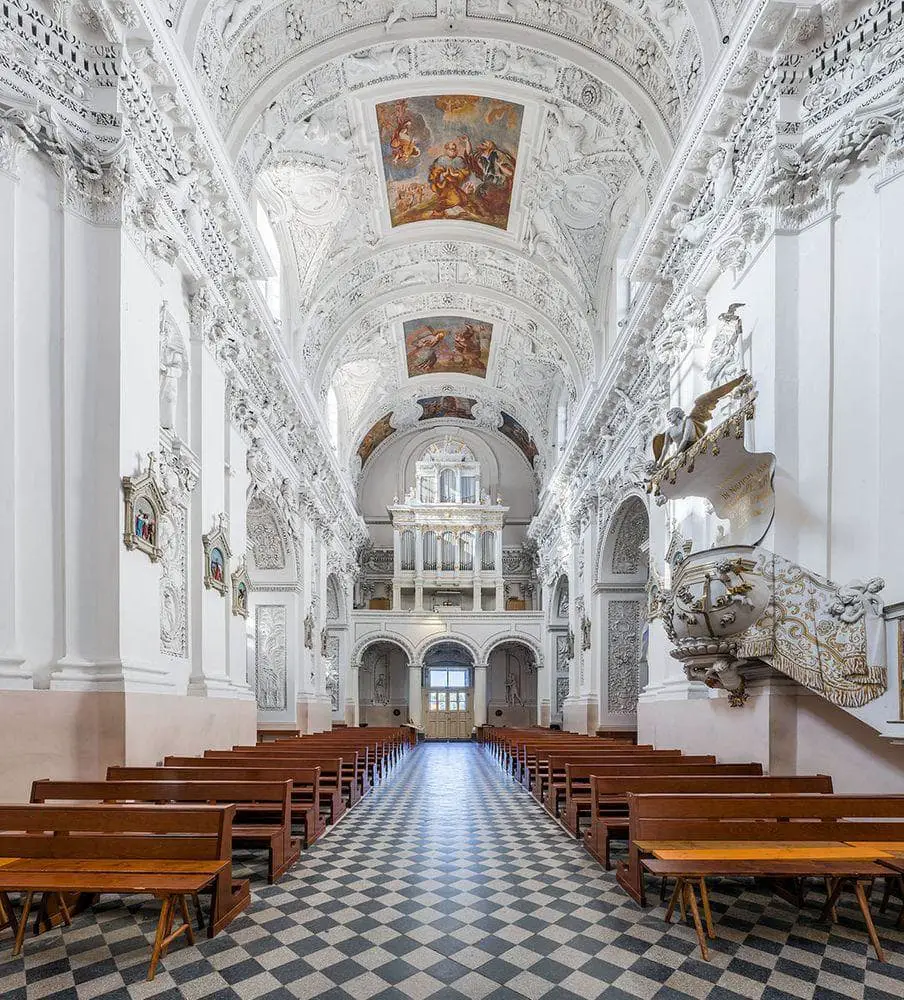
Vilnius Old City
Vilnius
Extensive historical quarters of the once important city – the center of the Grand Duchy of Lithuania in the 13th – 18th centuries. Numerous impressive buildings in Gothic, Renaissance, and Baroque styles. One of the largest medieval old cities in Europe.
Vytautas’ the Great Church in Kaunas
Kaunas
A large church in Brick Gothic style, built in 1400.

Vilnius University Library
Vilnius
One of the oldest and largest academic libraries in Europe, founded in 1570. Holds 5.4 million documents, shelves are 166 km long. The structure includes several beautiful reading halls that are adorned with frescoes.

Church of St. Casimir in Vilnius
Vilnius
Oldest Baroque church in Vilnius, built in 1604-1618. Church has a beautiful lantern.
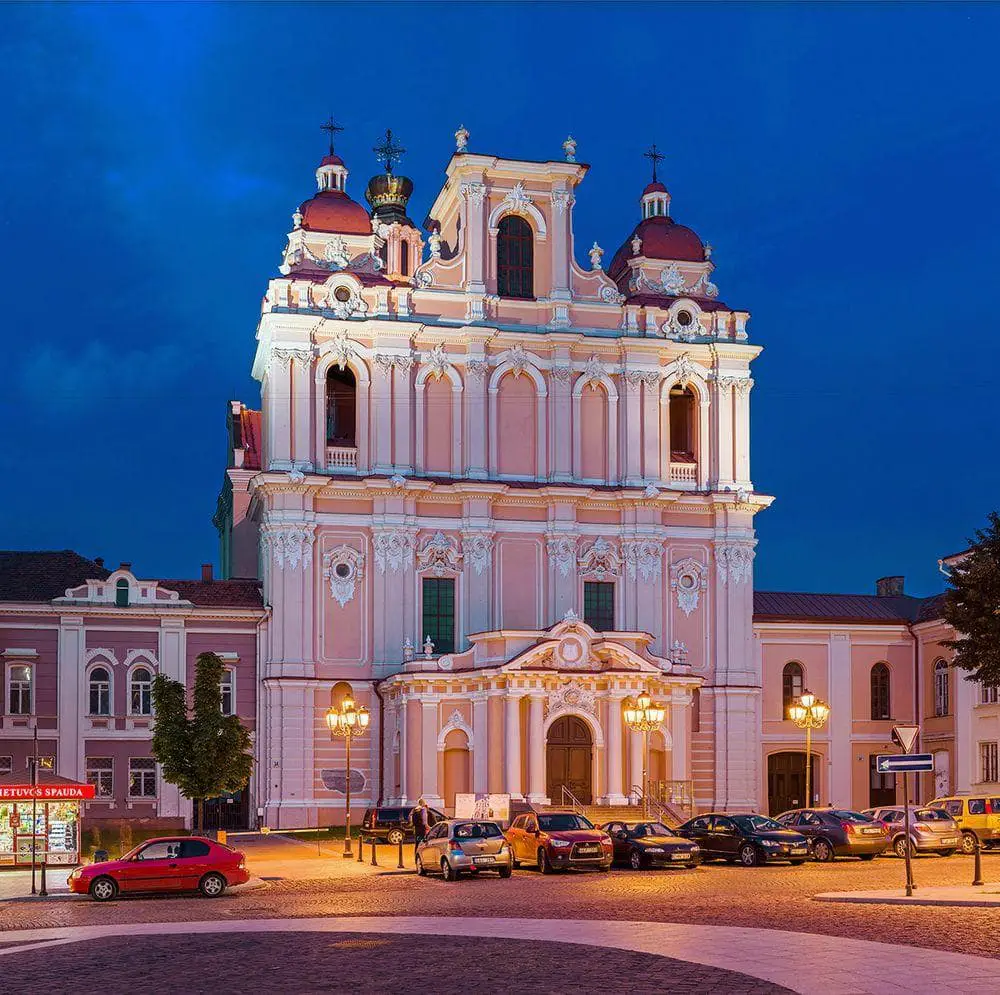
Cathedral of the Theotokos in Vilnius
Vilnius
The oldest brick church in Lithuania, an Orthodox church that was built in 1348, in the times when Lithuania was still a pagan state. Rebuilt in 1609 and reshaped in Baroque style in 1785 and then again in 1865-1868, now in Georgian Orthodox style.

Church of St. Gertrude in Kaunas
Kaunas
Well preserved example of the Brick Gothic style, most likely built in the 15th century.

Kaunas Town Hall
Kaunas
Beautiful historical building in Baroque style, with a 53 m tall tower. Its construction started in 1542, in the present Baroque form it was reshaped in 1771 – 1775.
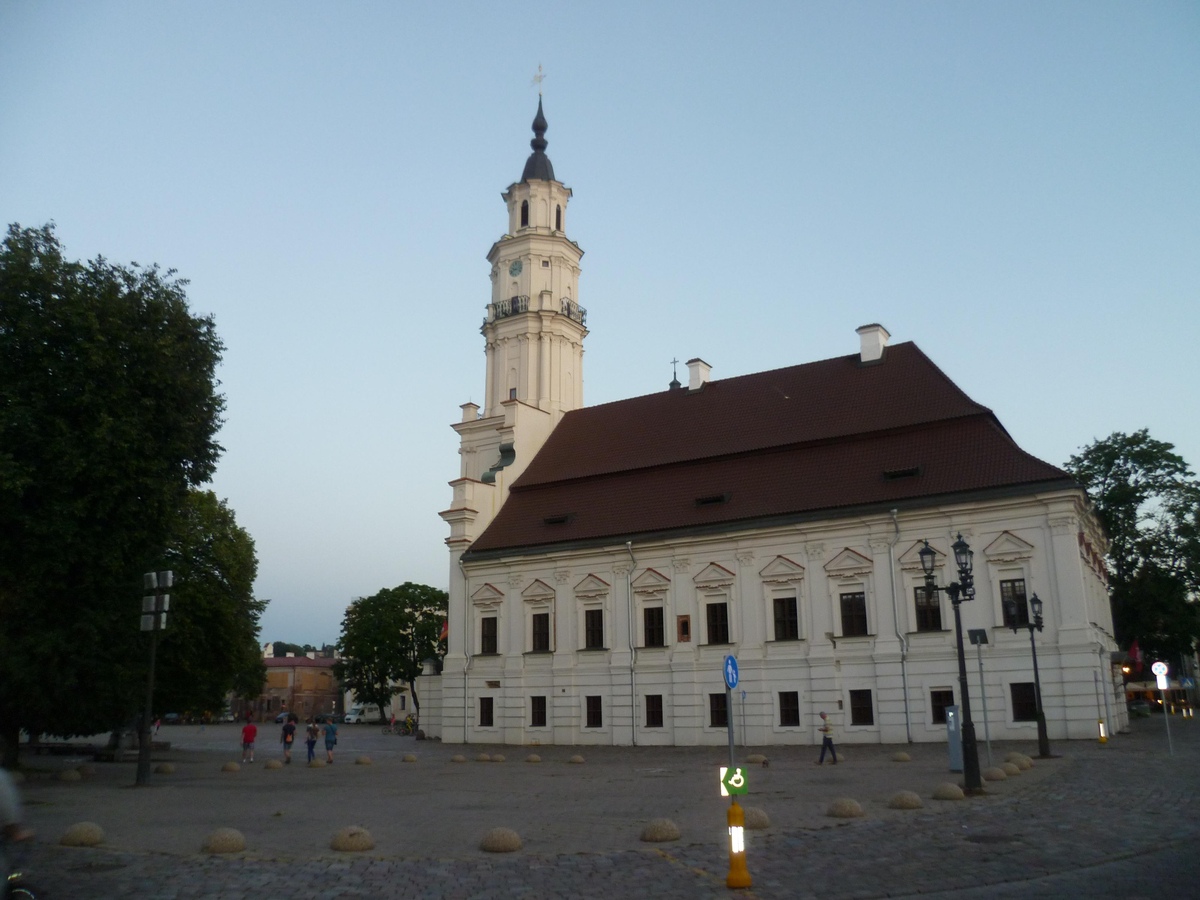
Radvilos Palace in Vilnius
Vilnius
The only Renaissance palace in Vilnius, built in 1635 – 1653. Currently part of this large building serves as a museum.

Vilnius Kenesa
Vilnius
One of the last Karaite synagogues, an ornate building with an onion dome. Built in 1911 – 1923.
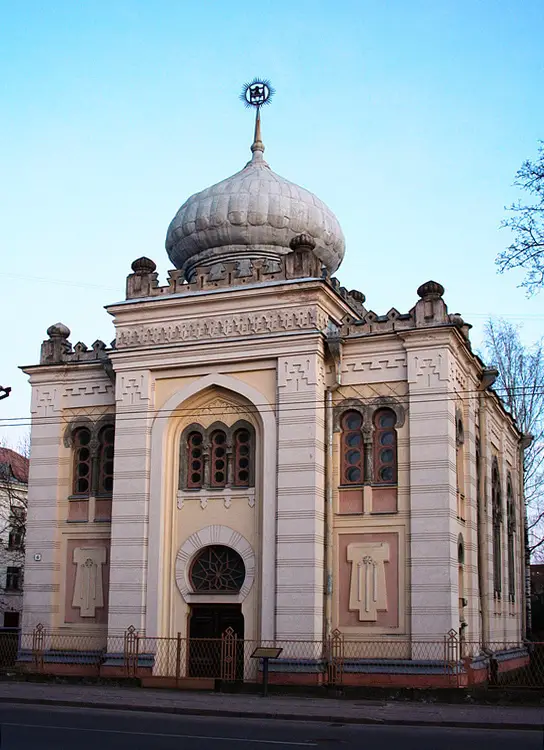
Trakai Kenesa
Vilnius
One of the few surviving Karaite synagogues in the world, a wooden structure built in the 18th century.

Nagliai villages
Klaipeda
Several villages of Curonian people (now nearly extinct) were buried under the sand dunes and thus – well preserved. Four villages were covered with sand in 1675 – 1854.

Zervynos
Alytus
Well preserved traditional village with planning unchanged since the 18th century. Located in an isolated place in the middle of the forest.




